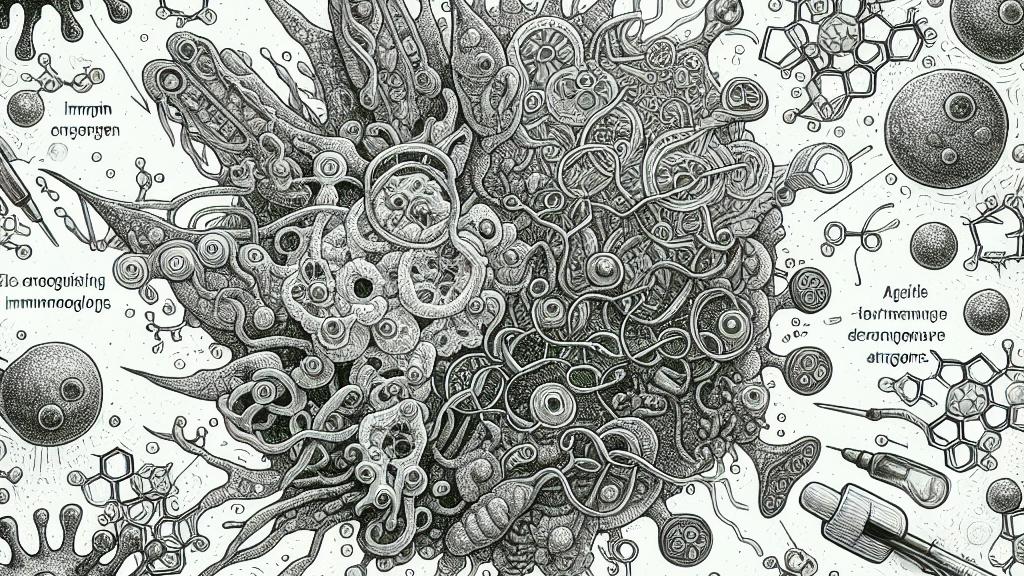Unlocking the Mystery: The Remarkable Structure of γδ T-Cell Antigen Receptors!
Overview
- γδ T-cells play a distinctive role in immune responses, distinctly different from αβ T-cells.
- The structural differences in their receptors allow for varied antigen recognition.
- Insights into γδ TCR structures open new avenues for therapeutic and vaccine development.

Understanding T-cell Receptors
T-cell receptors (TCRs) are integral components of the immune system. They are critical for T-cells to recognize and respond to antigens, which are substances that trigger an immune response. T-cells can be broadly classified into two categories based on their receptors: αβ T-cells and γδ T-cells. While αβ T-cells are predominant in the body's immune functions, γδ T-cells account for a smaller proportion but are incredibly versatile. They can recognize a diverse range of antigens, including non-peptide antigens, thus playing a crucial role in both innate and adaptive immunity. This article focuses on the structural characteristics of γδ T-cell receptors, highlighting their significance in immune function and potential therapeutic applications.
Recent Research Unveils Structural Features
Recent studies, particularly one published in Nature, have utilized cryogenic electron microscopy to investigate the fully assembled γδ TCR/CD3 complex, revealing key structural aspects that differentiate it from its αβ counterparts. While both types of TCRs share a common arrangement of CD3 subunits, the study determined that γδ TCRs are more adaptable due to their flexibility, allowing them to interact with a broader array of ligands. This flexibility arises from the unique organization of their transmembrane regions, which connect to the CD3 subunits. Such studies not only enhance our understanding of the structure-function relationship in TCRs but also illuminate how these receptors have evolved to maintain immune surveillance over a diverse range of pathogens.
Implications for Immunotherapy and Disease Management
The insights gained from understanding γδ T-cell receptors have profound implications for the fields of immunotherapy and vaccine development. Given their ability to recognize a wide variety of antigens, γδ T-cells present a promising target for harnessing in cancer therapies and infectious disease treatments. Researchers are exploring ways to enhance the activation and proliferation of γδ T-cells to create more effective immunotherapeutic strategies. Furthermore, as we learn more about the unique mechanisms by which these TCRs operate, we may develop novel vaccines that leverage γδ T-cell responses, potentially improving protective immunity. The continued exploration of γδ TCR structures and functions promises to unveil new strategies to boost the immune system's power in fighting diseases, marking a significant advancement in therapeutic approaches.

Loading...